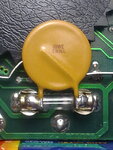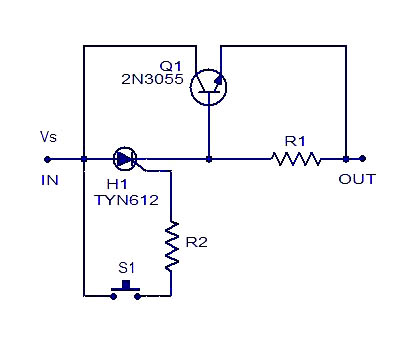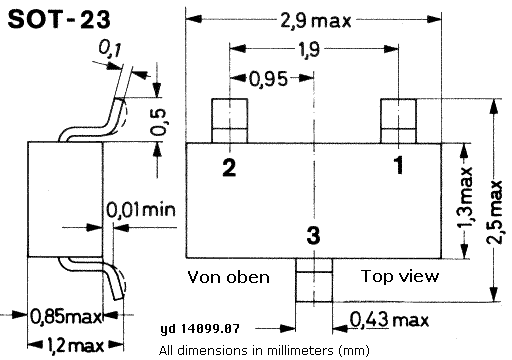boylesg
Advanced Member level 4

- Joined
- Jul 15, 2012
- Messages
- 1,023
- Helped
- 5
- Reputation
- 10
- Reaction score
- 6
- Trophy points
- 1,318
- Location
- Epping, Victoria, Australia
- Activity points
- 11,697
Is it possible to produce a solid state fuse with minimal and simple components to retro fit to a multimeter at its regular fuse holder?
I don't mind drilling a couple of small holes in the case for any wires to an external circuit board if necessary.
I don't mind drilling a couple of small holes in the case for any wires to an external circuit board if necessary.






